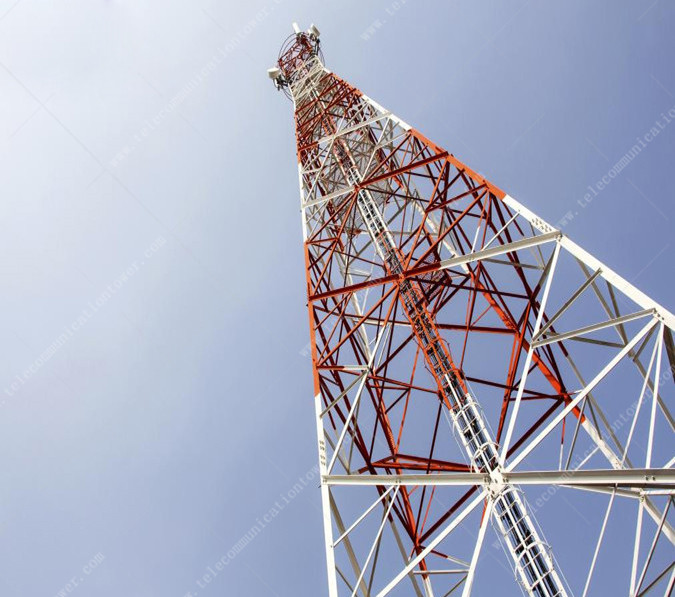What are the Different Types of Self-Supporting Towers and Their Structural Characteristics?
Self-supporting towers play a vital role in modern infrastructure, enabling the transmission of wireless communication signals, supporting surveillance systems, and facilitating the installation of wind turbines. These towers are designed to withstand various environmental conditions while providing the necessary height and stability. In this article, we will delve into the different types of self-supporting towers and explore their distinctive structural characteristics.
Lattice Towers
Lattice towers are among the most common types of self-supporting towers. They are constructed using a framework of interconnected steel or aluminum components, forming a lattice structure. This design provides excellent strength-to-weight ratio and offers high rigidity while allowing for easy maintenance and installation. Lattice towers are known for their versatility, making them suitable for a wide range of applications, including communication, broadcasting, and power transmission.
The lattice structure of these towers allows wind to pass through, reducing wind load and minimizing the risk of damage during storms or strong winds. The height of lattice towers can vary, ranging from tens of meters to over a hundred meters, depending on the specific requirements of the project.
Monopole Towers
Monopole towers are characterized by a single, vertical steel pole that supports the entire structure. These towers are commonly used in urban areas due to their sleek and unobtrusive design. Monopoles are ideal for applications where space is limited, such as wireless communication installations in densely populated areas.
The structural integrity of monopole towers is achieved by using high-strength steel or composite materials. They are designed to withstand wind and ice loads while ensuring minimal deflection. Monopole towers often include internal access ladders or elevators for ease of maintenance and inspection.
Guyed Towers
Unlike self-supporting towers, guyed towers rely on a system of wires or cables for stability. They consist of a central mast or pole, with multiple guy wires extending from the top of the mast to the ground and anchored securely. Guyed towers are known for their exceptional height and load-carrying capacity, making them suitable for applications such as broadcasting, meteorology, and military communications.
The guy wires used in these towers provide additional support, counteracting the bending moments and reducing the overall structural stress. The flexibility of guyed towers allows them to withstand extreme wind conditions, while their modular design makes them easier to transport and install.
Triangular Towers
Triangular towers are self-supporting structures with a triangular cross-section. They are constructed using three main legs that converge at the top, providing stability and load-bearing capacity. The triangular shape distributes the load evenly across the structure, making these towers highly resilient.
Triangular towers offer excellent resistance to wind, ensuring stability during adverse weather conditions. They are commonly used in various applications, including telecommunications, observation, and lighting installations.
Conclusion
Self-supporting towers are essential components of modern infrastructure, facilitating communication, surveillance, and renewable energy generation. The various types of self-supporting towers, including lattice towers, monopole towers, guyed towers, and triangular towers, offer distinct structural characteristics to suit different requirements.
Lattice towers provide versatility and rigidity, while monopole towers are ideal for urban areas with limited space. Guyed towers excel in height and load-carrying capacity, while triangular towers offer stability and even load distribution.
Understanding the different types of self-supporting towers and their unique structural characteristics is crucial when planning and implementing infrastructure projects. By selecting the appropriate tower design, engineers and project managers can ensure the reliability, safety, and efficiency of their installations, contributing to the advancement of modern society.




